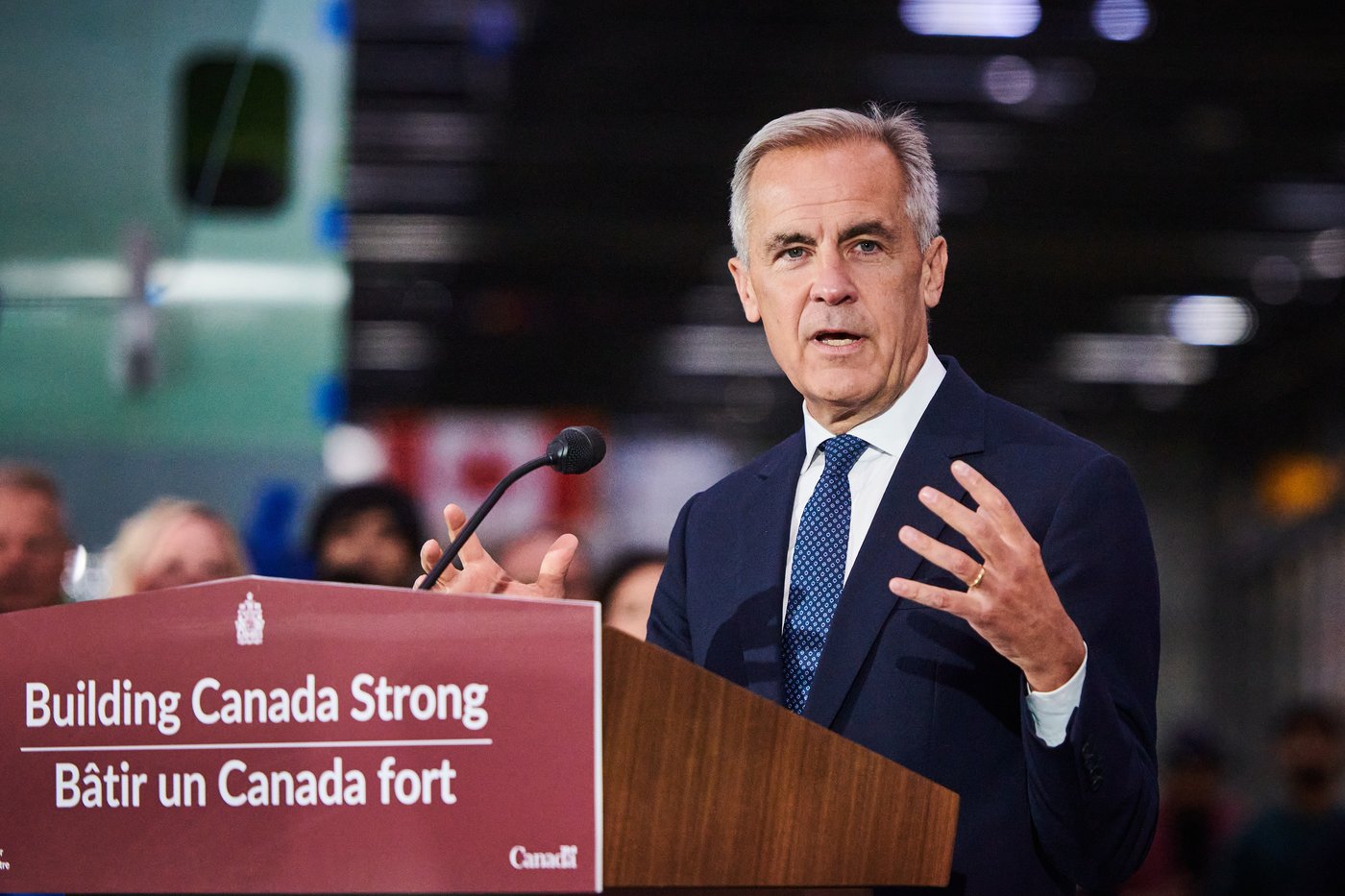Hundreds of billions at stake as N.L., Quebec draft new Churchill Falls deal

Newfoundland and Labrador Premier Andrew Furey and Quebec Premier François Legault made headlines on Thursday as they signed a groundbreaking memorandum of understanding on a new Churchill Falls deal. This deal, which they say could bring in a staggering $200 billion for each province over the next five decades, marks a significant shift in the longstanding power agreement between the two provinces.
The original 65-year contract, which Newfoundland and Labrador politicians have long criticized, has been replaced with a new agreement that not only promises substantial financial gains but also includes plans to develop the untapped hydroelectric potential at Gull Island. Premier Furey emphasized the historic nature of the deal, declaring that they were tearing up the 1969 contract today, rather than waiting until its expiration in 2041.
Under the terms of the new agreement, Newfoundland and Labrador will see a significant increase in revenue from the Churchill Falls hydroelectric plant. The province’s share of the profits will see a drastic increase from 0.2 cents/kWh to 5.9 cents/kWh, resulting in billions of dollars over the next five decades. Premier Furey outlined a timeline for the revenue growth, with the province expected to earn $1 billion per year in the next 17 years, doubling to $2 billion per year in 2041, and continuing to increase thereafter.
The deal also received support from the Innu Nation, with Grand Chief Simon Pokue signing the non-binding MOU in St. John’s. Innu leaders, who have long protested the construction of Churchill Falls on their traditional lands without their consent, will have top priority for hiring for construction jobs on the new megaproject, followed by Labrador residents and then residents of Newfoundland.
In addition to the Churchill Falls agreement, the MOU also includes plans for the development of Gull Island and other hydroelectric projects that will significantly boost Newfoundland and Labrador’s power capacity. The Gull Island project, which could generate 2,250 MW, is set to be commissioned by 2035, with Newfoundland and Labrador Hydro and Hydro-Québec partnering on its development.
Overall, the new Churchill Falls deal represents a major step forward for both provinces, providing long-term security for Quebec’s power needs and unlocking a major source of revenue for Newfoundland and Labrador. The agreement is expected to be formalized by 2026, with the potential to create thousands of jobs and bring economic prosperity to the region for generations to come.



